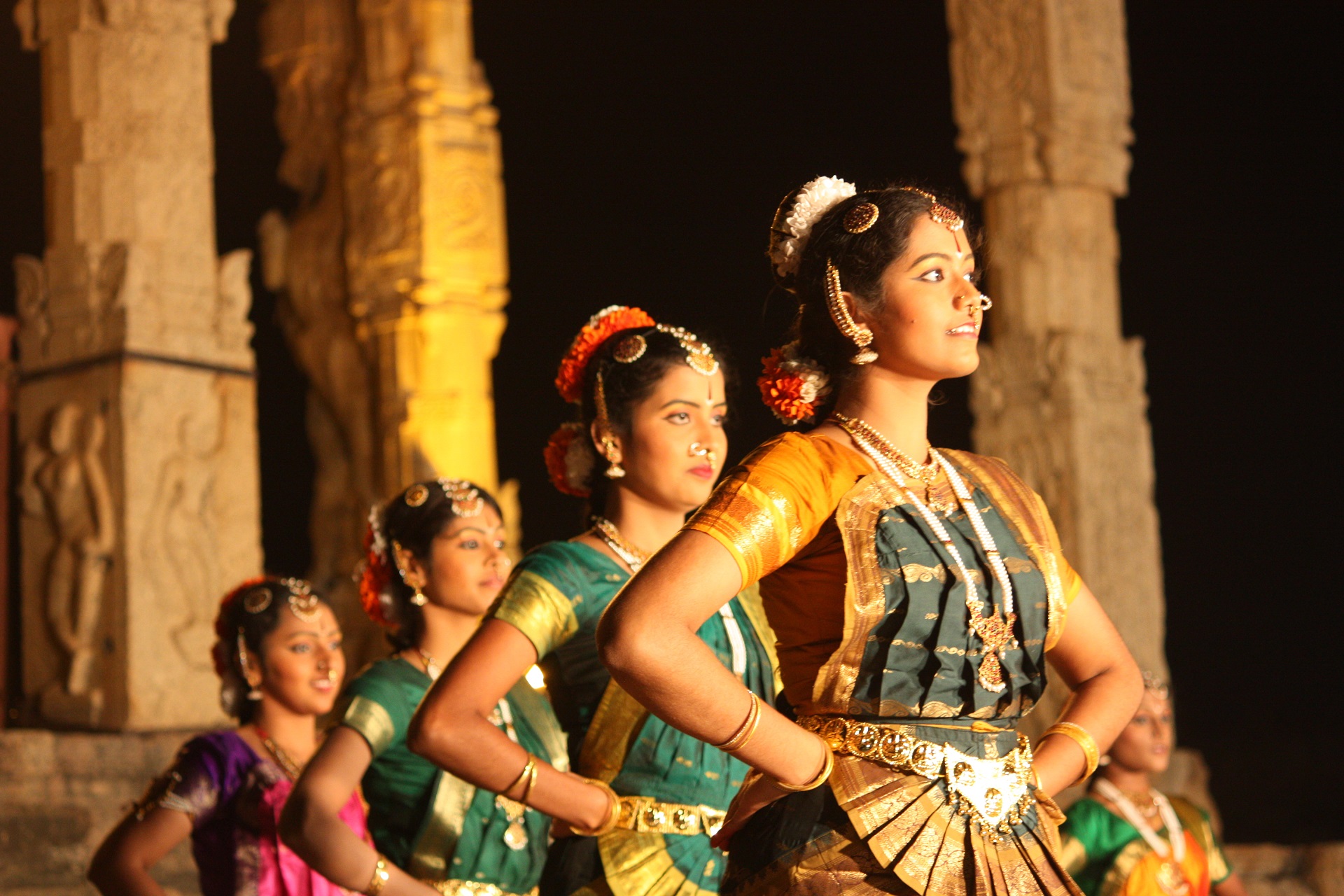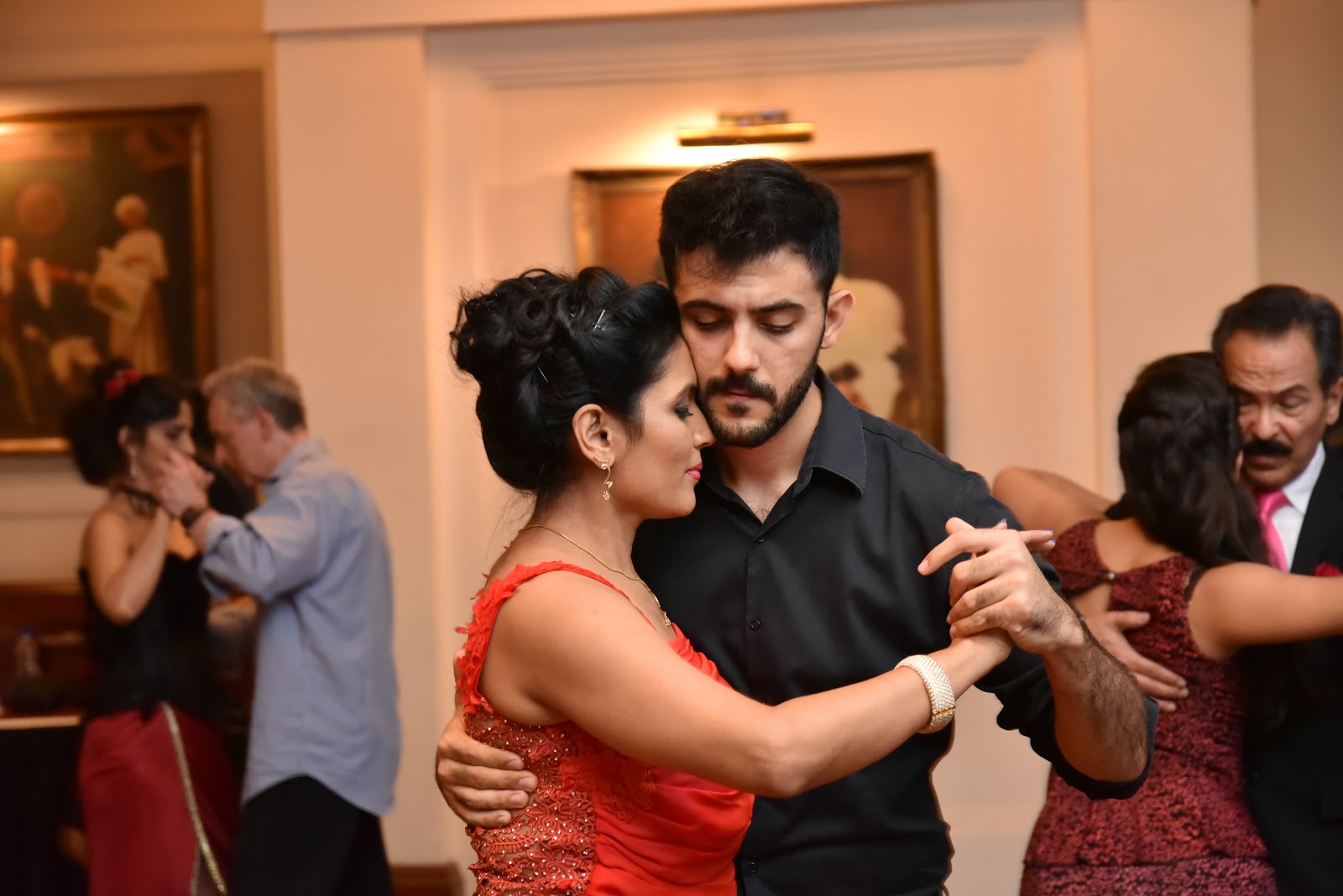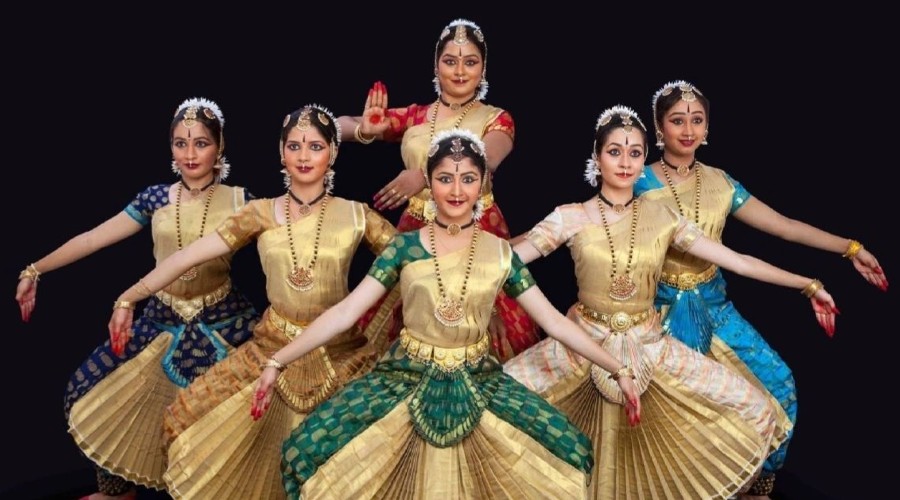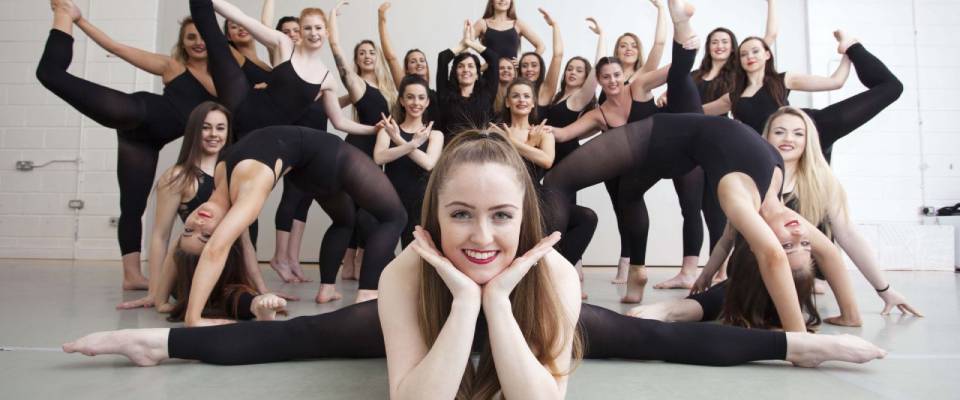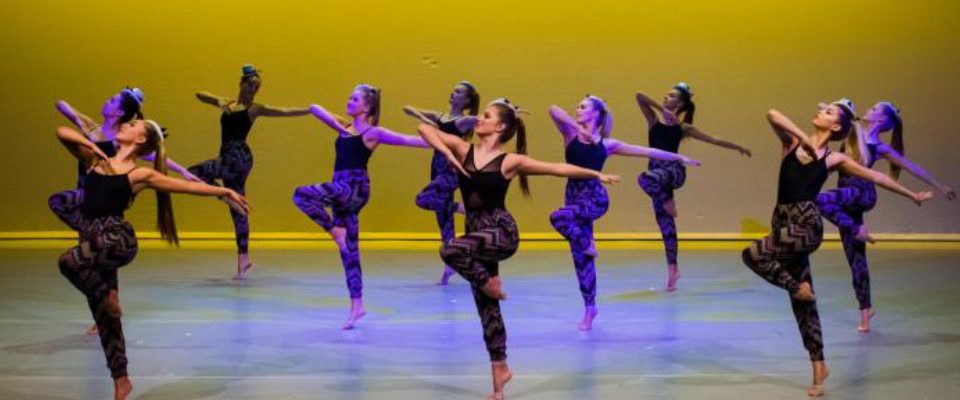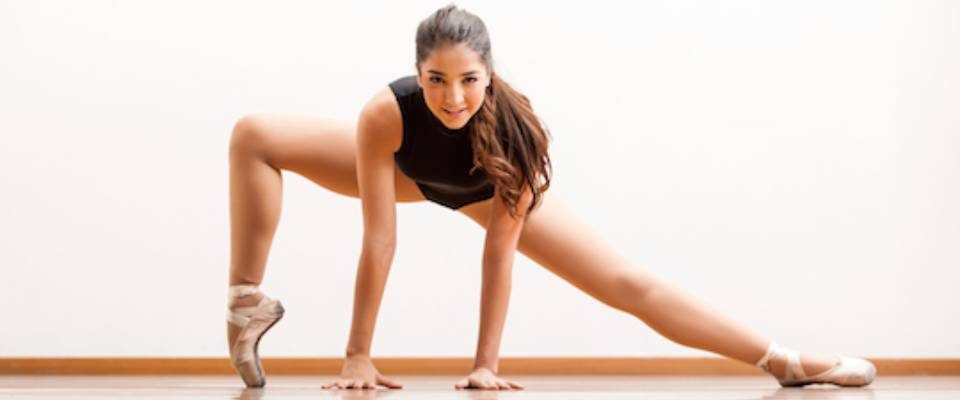Welcome To The World of Dance
Dance is an integral part of religious events, entertainment, and used for communication between people. Thus various dance forms were prevalent from the ancient human civilization. The dance was a part of various social gatherings and public celebrations. In the Greek and Roman tradition, dance was considered as the gift from God. Dance is closely connected with religion. The best example is Hinduism religion as the ancient dance Bharatanatyam was perceived from it. Today the most famous modern dance called ballroom dance existed from the 15th century in Italy. During the period of English Queen Elizabeth, several dance styles became popular, and several new dance forms were performed in Royal Court. Some of the famous dance styles of this period were Volt, Gavotte, Ballet, etc.
Step Into The History of Dance
The dance was a part of the life of people from the ancient days. Dance is considered as an expression, interaction which is closely related to nature. It is said that the African tribes have spread the music and dance across the world. It is true that from the ancient day's dance is considered as a form of communication. There are some old cave paintings in India, that depicted various scenes of dancing during hunting, death, childbirth, spiritual events, etc. Dancing in public is a significant tradition of ancient Greece.Dance had a close relationship with various religions from the ancient days.There were various styles of dances practiced in the past in Europe, France, Spain, Italy, etc. Some of the popular dance forms are Bharata Natyam,Salsa,Tango,Folk etc..
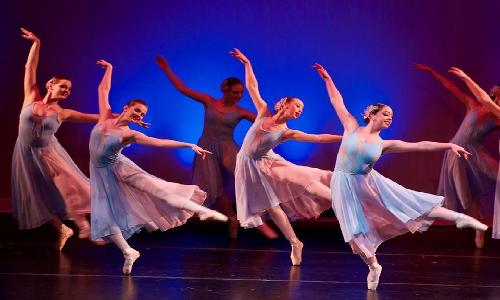
Different Styles of Dance
Bharata Natyam
Bharatanatyam is a popular dance technique in India. It was basically progressed in Tamil Nadu, South India. It was mainly practiced in the Shiva temples. The dance was performed only by some families in Tanjore district for several centuries. The successors of this dance craft were referred to as Nattuvans. The main supporters of the Bharatanatyam dance were the temple dancers or Devadasis. They performed the dance on festival occasions or the during worship time. Later, the princess and Rajas started to support the dance. Bharatanatyam dance consists of three elements. They are Natya, Nritya, and Nritta. This dance style is a straight form of sacred dances executed in the South India temples from the 10th century until the mid of this century. Bhava or mood, music or raga, and tala and melody or timing are the main components of the dance. This dance technique has 64 principles which coordinate body, face, foot, and head movements. They are performed along with the dance syllables.
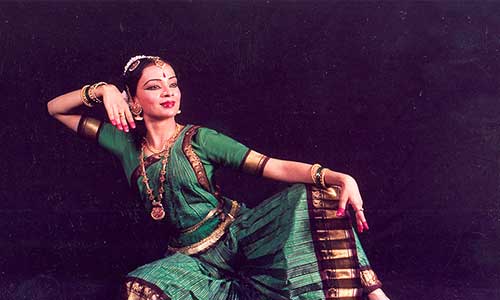

Salsa
Many people could not dance well. However, their inability did not stop them to dance. If you have visited a club or bar during night hours of weekends, you can see several people shuffling their feet, dancing and flapping their arms. They drink and dance with enthusiasm. There are some people who take dance seriously. If you are in need of a good physical activity without stepping into the gym, it is best to meet someone who takes salsa classes. It is the best form of exercise and hobby which is actually rare. Salsa is the most important and dynamic musical marvels of the 1900s. Several Hispanic communities still practice this popular dance style. Salsa was basically born in Eastern Cuba that is Santiago de Cuba in Guantanamo. It was developed from Cuban Son around 1920 along with Afro-Cuban dance (which is similar to Afro-Cuban dance). Thus Afro-Cuban and Spanish musical elements were joined in terms of instruments and rhythms used.
Folk
Folk Dance was born several centuries ago. However, the original form of folk dance is not clearly known. Nobody has any idea how it looked 2000 years ago. Historians are sure about the existence of folk dance in that time. As it is taught through generations and is highly traditional, the development of the type is slow since several cultural groups protect their portfolios of cultural dances. The practice of folk dancing developed in the midst of the 20th century. For the most part, it was not- performative. Several existing dances became famous in Europe during the early 1900s and late 1800s. The folk dance artists performed and exhibited their arts on stages in London and Paris. They removed that social part from the genre. They used special costumes for performing this dance. Slowly, several kinds of folk dancing developed in various regions around the world. For instance, a folk dance from Mexico is completely different from the folk dance performed in India.
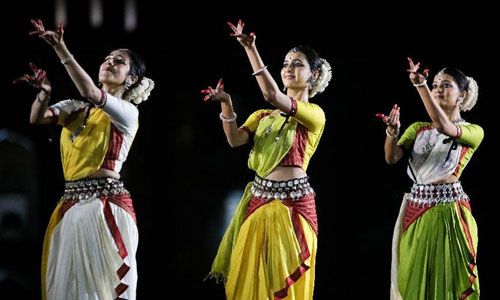
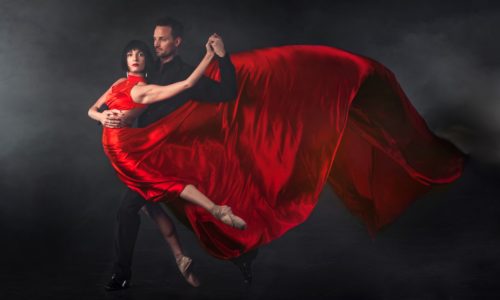
Tango
Tango has been described as one of the most fascinating dance forms by people all over the world. It originated in Spain and was introduced by the Spanish settlers to the New World. Interestingly, the tango was actually a solo dance performed by a woman till it evolved into the Andalusian Tango which had one or two couples performing the dance. In those days, the tango was considered to scandalous due to its flirty music. However, this naughty side to Tango made it all the more appealing to the youth, causing it to grow popular day by day. The Ballroom Tango emerged from the poorer districts of Buenos Aires. The clothing for the tango was dictated to be gauchos with high boots for the men and full skirts for the women.

